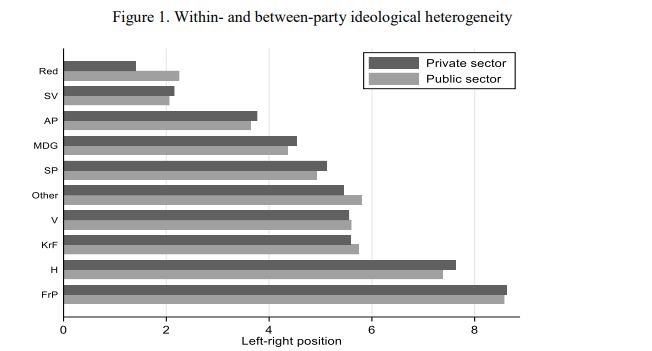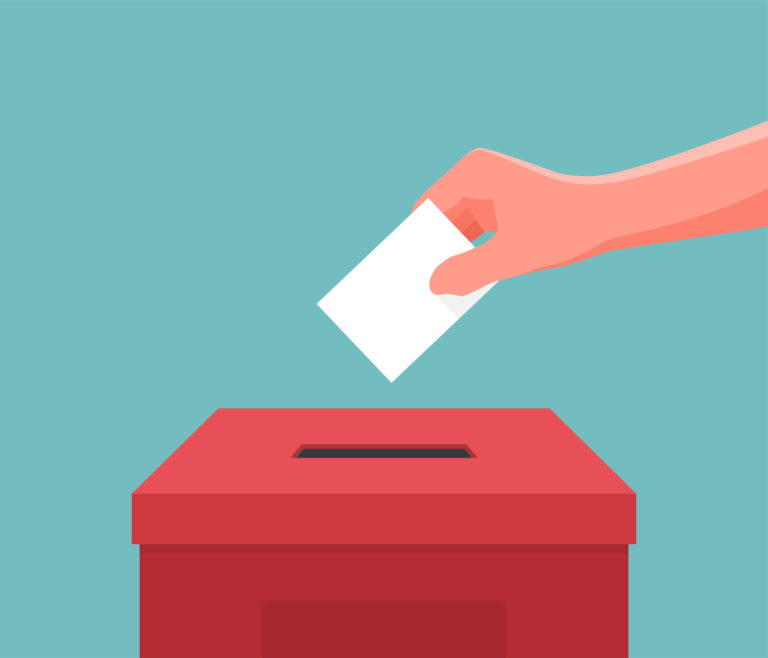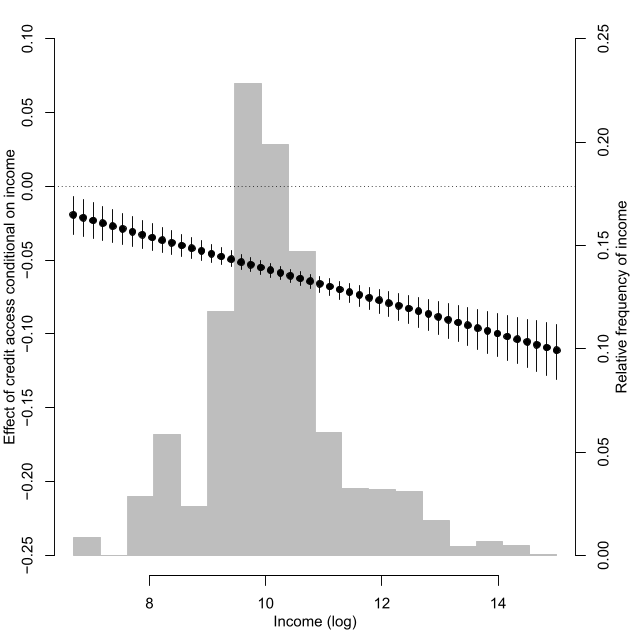A long-standing academic debate relates to whether or not public employees differ fundamentally from private-sector workers in terms of their political beliefs and actions. Such a difference may arise because most citizens only consume public services, while public employees are producers and consumers of public services. This ‘double motive’ may heighten the incentives of public employees to become politically active and create conflicts of interest when public employees hold elected office alongside their position in the public sector. Such potential conflicts of interest lie at the heart of the Public Choice view of budget-maximizing bureaucrats and the Bureau Voting Model. More specifically, public employees would, in these theoretical frameworks, be expected to influence the direction and implementation of public policies in their own favor.
In our article, we revisit this proposition using a novel and unique combination of several data sources. These include population-wide individual-level register data from Norway covering the 2003-2019 period, detailed information about election results at the Norwegian local government level, responses to survey questionnaires obtained from a large cross-section of local councilors, and municipality-level statistics on local public expenditures, employment, and wages.
Differences in ideological orientation and policy preferences
Our analysis proceeds in three stages. First, we exploit a survey among local council members in 2015 (N≈3000) to evaluate whether we can observe any differences in local politicians’ ideological orientation and policy preferences in the function of their professional background. For the political representation of public sector employees to have any substantive policy effects, it is arguably a necessary condition that they differ from other politicians within their own party in terms of their ideological leaning and public spending preferences. This turns out not to be the case. Both ideological profiles and policy preferences are highly homogenous across occupational backgrounds within parties. From this perspective, local council members of a given party who work in the public or private sector thus appear largely interchangeable. This is important since it suggests that direct sources of substantive representation are likely to remain very modest.
Shifting the party position
Even if there are no substantively meaningful intra-party differences in ideology or policy preferences, it may be that public employees cause the overall position of their party to shift in a specific direction. To the extent that this is the case, increasing their representation in politics may be expected to have a non-negligible indirect effect on public policies. Our findings provide, at best, very limited support for this proposition. That is, while elected public employees within any given political party shift the ideological position of their party marginally towards the left, this effect turns out to be extremely small in substantive terms. Even increasing the share of public employees within a party with as much as 20 percentage points (i.e., one standard deviation) would, on average, register no more than a 0.1 points movement in the ideological position of this party on a 10-point left-right scale. Overall, therefore, this indirect source of substantive representation is likely to be of limited importance in our setting.
Moving public policies toward public employees’ professional interests
Finally, we provide a more general estimate of the impact of public sector representation on local policy outcomes by exploiting close electoral races between public employees and other political candidates. This approach rests on the assumption that the final result in (very) close elections is as good as random (and we provide evidence that the necessary conditions for this assumption hold in our setting). We thereby look at three main outcome variables: namely, the level of public sector spending, public sector employment, and public sector wages. In all cases, we find no significant evidence that increasing the level of political representation of public sector employees impacts these indicators of public policy. Further support for this null-result comes from the observation that the estimated effects on public sector spending levels are not larger for local government employees working in their residential municipality (which would arguably constitute a best-case scenario for public employees’ influence).
All in all, our findings challenge the commonly expressed concern that the political representation of public sector employees may trigger substantial conflicts of interest whereby public policies are moved towards these individuals’ professional interests. Although our findings naturally relate to one country with a particular set of institutional characteristics, our analysis nonetheless offers important new insights regarding the drivers and implications of the political representation of public sector employees. This is of substantive importance from a democratic perspective since public sector employees play a fundamental – and often increasing – role in the governing of modern societies.
Further reading
Geys, Benny and Rune Jørgen Sørensen (2022). Public Sector Employment and Voter Turnout. American Political Science Review 116(1): 367-373.
Geys, Benny, Zuzana Murdoch and Rune Jørgen Sørensen (2022). The Political (Over)Representation of Public Sector Employees. Journal of Public Administration Research and Theory 32(2): 326-341.
Geys, Benny, Zuzana Murdoch and Rune Jørgen Sørensen (2023). Public Employees as Elected Politicians: Assessing the Substantive Effects of Passive Representation. Journal of Politics, forthcoming.
Notes
Figure 1: We display average self-reported left-right position of council members working in the private sector (dark grey bars) or the public sector (light grey bars). Left-right positions are measured by a 10-point left-right ideological scale (ranging from 1 for extreme left to 10 for extreme right; see main text). Party codes: Red: Red Party; SV: Socialist Left Party; AP: Labour Party; MDG: Green Party; SP: Centre Party; Other: Other parties; V: Liberal Party; KrF: Christian Democratic Party; H: Conservative Party; FrP: Progress Party.
This blog piece is based on the forthcoming Journal of Politics article “Public Employees as Elected Politicians: Assessing Direct and Indirect Substantive Effects of Passive Representation” by Zuzana Murdoch, Benny Geys and Rune Sørensen.
The empirical analysis has been successfully replicated by the JOP and the replication files are available in the JOP Dataverse.
About the Authors
Zuzana Murdoch is Professor in Public Administration at the Department of Government at University of Bergen. Her research focuses on socialisation processes in public administrations as well as questions regarding organisational stigma and organisations’ temporal characteristics.
Benny Geys is Professor in Economics at BI Norwegian Business School, campus Bergen. His research focuses on political behavior, (local) public policy, and public administrations.
Rune Sørensen is Professor of political economy and political science at BI Norwegian Business School, campus Oslo. His research focuses on public governance, local and central government policies, health and education economics.



